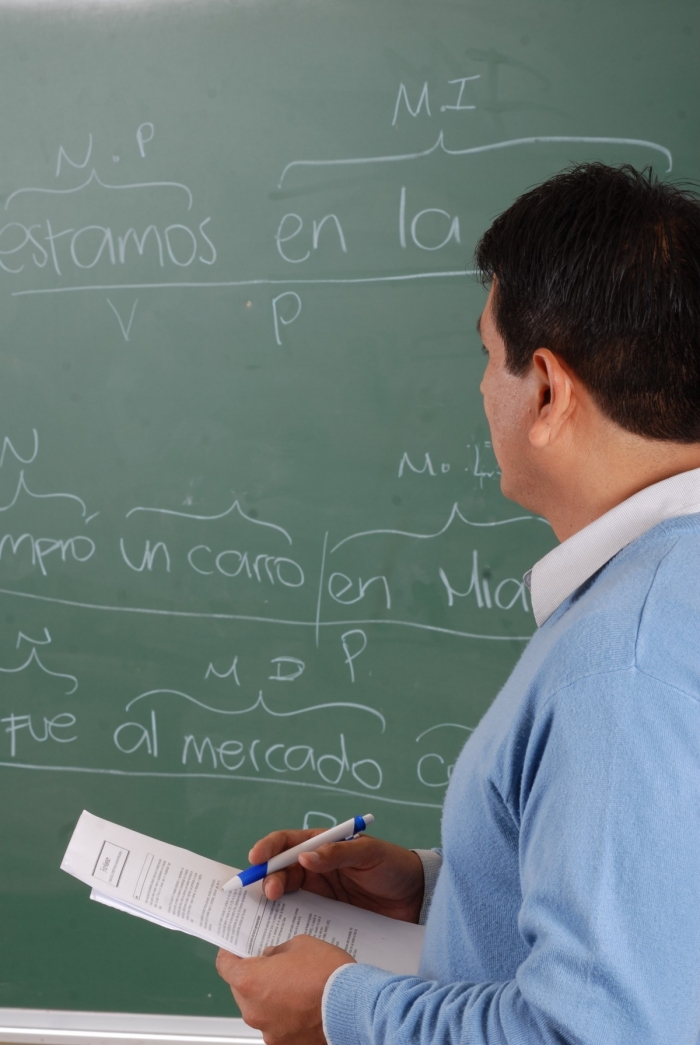Pickering v. Board of Education, 391 U.S. 563 (1968), remains the Supreme Court’s seminal case on the First Amendment rights of public employees. The case established the principle that public employees do not relinquish their right to speak out on matters of public importance, or public concern, simply because they have accepted government employment.
Teacher terminated for criticizing school board in letter to newspaper
The case began when school board officials in Will County, Illinois, terminated Lockport High science teacher Marvin Pickering for writing a letter to the Lockport Herald critical of the school board’s allocation of funds. Pickering believed that the school board spent too much money on athletics and not enough on academics. He wrote: “To sod football fields on borrowed money and then not be able to pay teachers’ salaries is getting the cart before the horse.”
Supreme Court ruled in favor of the teacher
Pickering contested his termination in state court, alleging a violation of his First Amendment right of free speech. School board officials countered that the letter was detrimental to the interests of the school. A trial court ruled in favor of the school board. The Illinois Supreme Court affirmed the trial court by a 3-2 vote. Pickering then appealed to the U.S. Supreme Court, which reversed 8-1.
Justice Thurgood Marshall rejected the notion that public employees must relinquish their constitutional rights on accepting government employment. He wrote: “The problem in any case is to arrive at a balance between the interests of the teacher, as a citizen, in commenting upon matters of public concern and the interest of the State, as an employer, in promoting the efficiency of the public services it performs through its employers.”
Marshall continued that the subject matter of Pickering’s letter — money spent by the school board on athletics and academics — was a matter of public concern. He then balanced Pickering’s free speech rights against the school board’s interests in a disruptive-free workplace. Marshall noted that Pickering’s employment relationships with board members “are not the kind of close working relationships for which it can persuasively be claimed that personal loyalty and confidence are necessary to their proper functioning.”
Marshall concluded Pickering’s First Amendment rights had been violated because the school board had not produced evidence that Pickering had knowingly or recklessly made false statements in his letter. Justice Byron R. White wrote a partial dissenting opinion, arguing that the Court should have remanded the case to the state courts for further fact finding.
Case set precedent for public employee free speech cases
In 1983, the Supreme Court decided Connick v. Myers, another important public employee free speech case. Today, the test that courts across the country apply in public free speech disputes is called the Pickering-Connick test. However, in Garcetti v. Ceballos (2006), the Supreme Court ruled that public employees have no First Amendment protection for speech made pursuant to their official job duties. This decision imposed an initial hurdle in public employee, free speech cases for employee-plaintiffs, who must show that they spoke as citizens rather than pursuant to their official job duties.
More recently, the Supreme Court in Lane v. Franks (2014) ruled that a public employee has a First Amendment right to testify truthfully in court without suffering retaliation from his employer. In her opinion for the Court, Justice Sonia Sotomayor cited Pickering several times, including the importance principle that the public often has an important interest and need to hear from public employees.
David L. Hudson, Jr. is a law professor at Belmont who publishes widely on First Amendment topics. He is the author of a 12-lecture audio course on the First Amendment entitled Freedom of Speech: Understanding the First Amendment (Now You Know Media, 2018). He also is the author of many First Amendment books, including The First Amendment: Freedom of Speech (Thomson Reuters, 2012) and Freedom of Speech: Documents Decoded (ABC-CLIO, 2017). This article was originally published in 2009.

